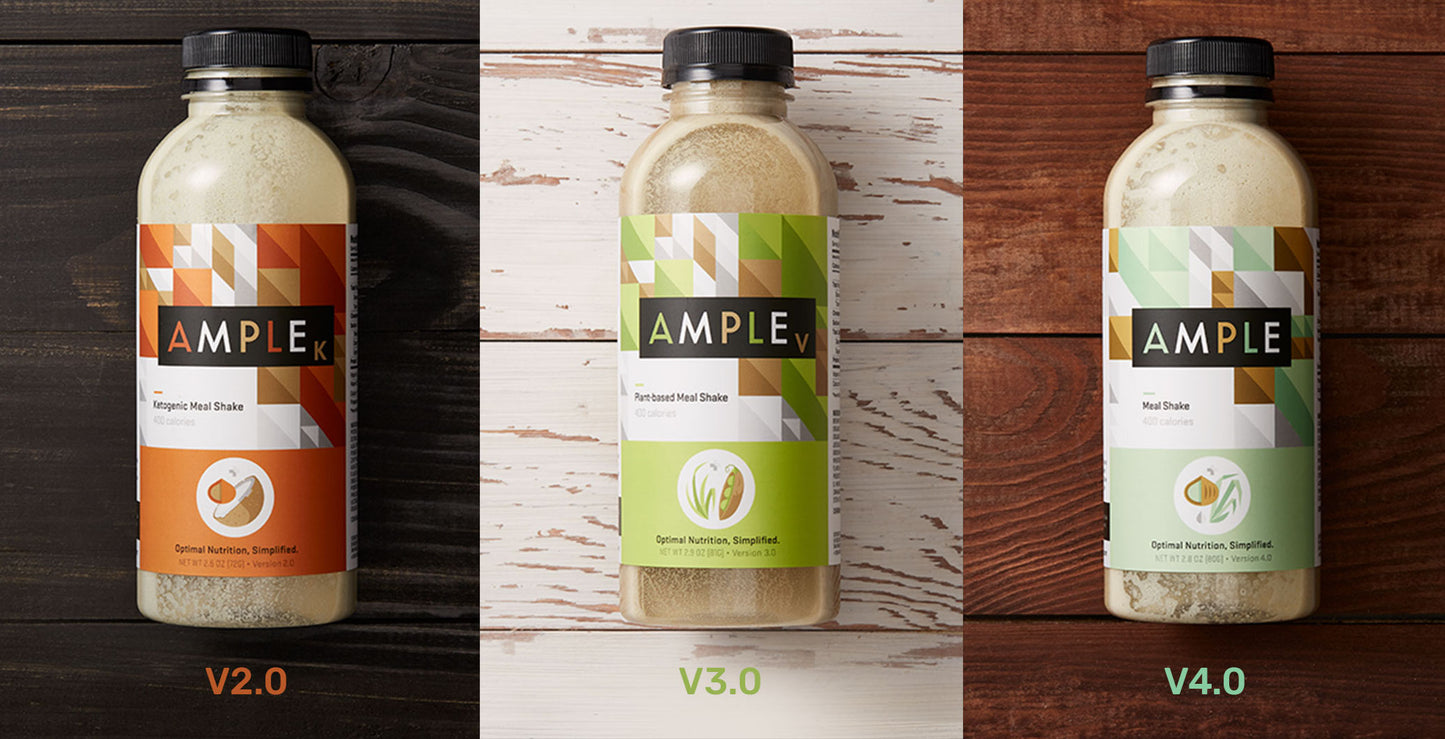
Some vitamins and minerals are surprisingly difficult to come by.
Even if you’re eating lots of high-quality foods, certain nutrients just aren’t widely available in a modern diet, and it’s easy to end up deficient in them. For example:
- 98% of Americans are potassium-deficient [1]. That’s not a typo; your body uses a lot of potassium.
- 68% of Americans are magnesium-deficient [2].
- More than 40% of Americans are deficient in vitamin D and calcium [3].
- 52% of vegans are deficient in vitamin B12 [4]. So are many vegetarians [5].
There are a few reasons these vitamins and minerals are so rare. Part of it comes down to modern food choices: for example, muscle meat like steak has replaced more nutritious (but less tasty) options, like organ meat or insects, that people have eaten for most of human history [6].
There’s also soil quality. Centuries of farming have left a lot of soil relatively low in nutrients [7]. And ever since the agricultural revolution, farmers have bred their crops to be larger, sweeter, and tastier than wild versions, at the cost of vitamins and minerals [8].
It’s hard to get certain nutrients when you’re eating modern food. That’s why we’ve made Ample with custom nutrient blends - a collection of those hard-to-come-by vitamins and minerals, tailored to the diet you choose. Here’s a look at the nutrients we add to Ample Original, Ample V, and Ample K.
Ample Original: vitamin D and magnesium to fill nutritional gaps

Ample Original’s nutrient blend focuses on filling the gaps in a standard diet. It’s built around some of the most common nutrient deficiencies [9]:
These four vitamins and minerals make up Ample Original’s nutrient blend.
Ample K: magnesium and potassium to keep keto flu away

Ample K has the same nutrient blend that Ample O does, but for slightly different reasons.
Your body needs a lot of water to store carbohydrates as energy - three molecules of water for every molecule of glycogen. When you’re transitioning into keto, you’re burning through and getting rid of all that glycogen, which means you’re losing a lot of water as well. With that water goes a sizable amount of sodium, potassium, and magnesium - the three main electrolytes you need to stay hydrated.
Ample K’s nutrient blend focuses on replenishing potassium and magnesium (you likely get plenty of sodium from the salt in your diet). It also has vitamin D3 and calcium, because pretty much everyone can benefit from them.
Ample V: vitamin B12 for vegetarians and vegans

Ample V’s nutrient blend is the same as the one you just read about, but with one substitution: it has vitamin B12 instead of vitamin D3.
Vitamin B12 is essential for for healthy red blood cells, nerve cells, and gene expression, yet is the most difficult nutrient to come by if you don’t eat animal products. It’s abundant in meat, fish, eggs, and dairy, but absent in almost all plants, which explains why more than half of vegans are deficient [20].
Ample V contains a meaningful amount B12, to support your vegan or vegetarian diet. If you don’t eat meat, you may want to look into a B12 supplement as well.
Why no vitamin D3 in Ample V? Because we haven’t found a good vegan source of it. Outside of dairy and some meat, very few foods are rich in vitamin D.
However, humans get more than 80% of their vitamin D from a single source: the sun [21]. Photoreceptors in your skin can absorb sunlight and turn it into immediately bioavailable vitamin D. So if you’re vegetarian or vegan, spend a little extra time in direct midday sunlight (without sunscreen). Ten to fifteen minutes is plenty, or 20-30 if you have darker skin.
Why not just add a bunch of micronutrients Ample?
Because a standard American diet has plenty of many micronutrients. Many companies add 20-50% of the daily recommended amount of a long list of vitamins and minerals. That’s often a marketing tool; it looks good, but you probably already get most of those vitamins and minerals in abundance from your diet. If the extra vitamins are water-soluble, you just pee them out without using them. If they’re fat-soluble, they can accumulate in your body, which can do more harm than good. Finally, adding a slew of bad-tasting multivitamins usually results in the company masking the flavor with more sugar and sweeteners.
Ideally, you’ll get most of your micronutrients from whole foods. You’re probably better off eating more veggies instead of skipping vegetables and taking vitamin pills. We chose these specific nutrients because they’re the hardest to get from diet (as an example, you’d need to eat five whole avocados to hit your daily goal for potassium).
Are there any nutrients you struggle to get in your diet? Any supplements you’d like to see in Ample? Feel free to leave your thoughts below. Thanks for reading!

I was hoping that this post would explain the forms of those vitamins you use. The sources and forms (like are they synthetic man-made vitamins? are they animal sources?) are pretty important if someone consumes your produce regularly. I’d greatly appreciate the info! Thank you!